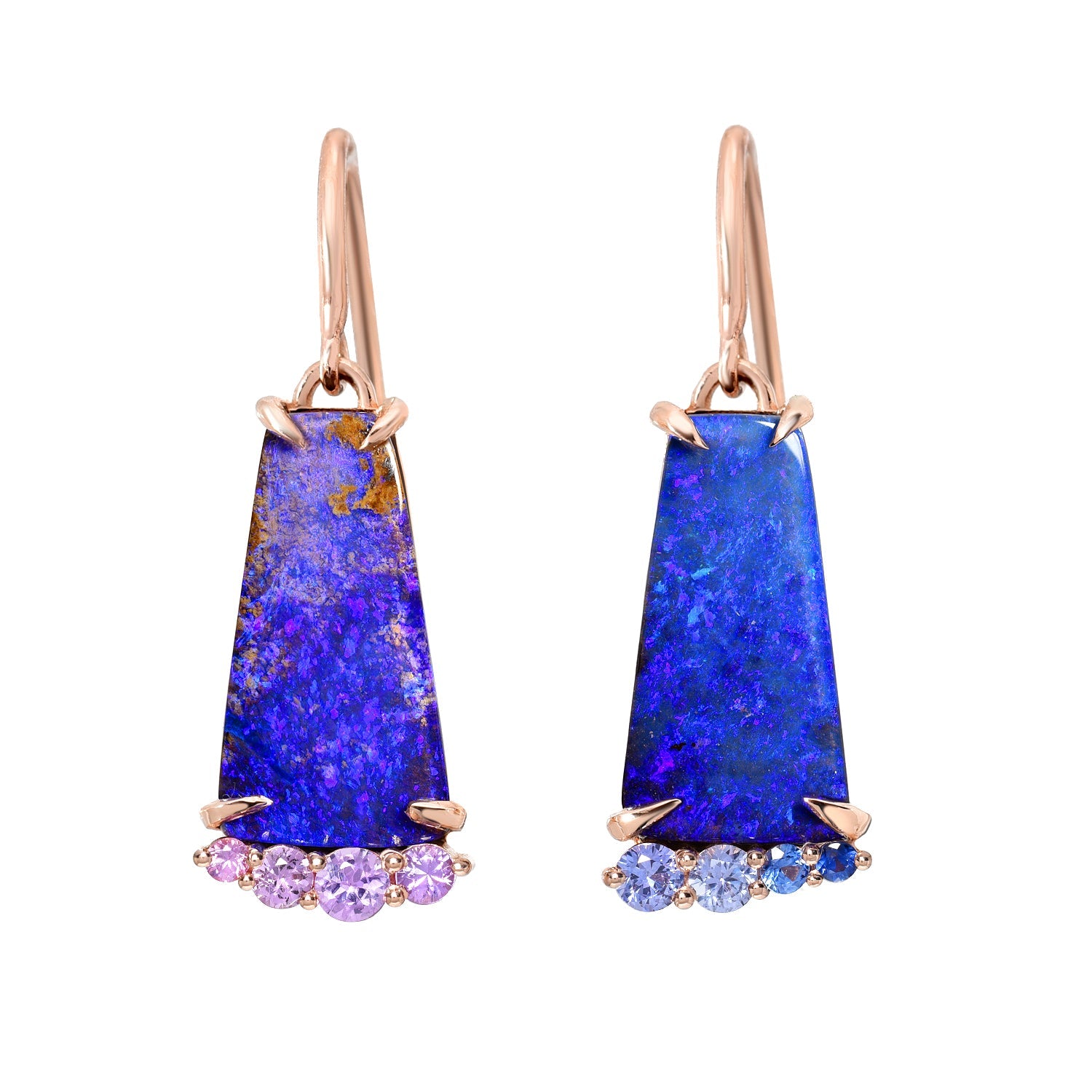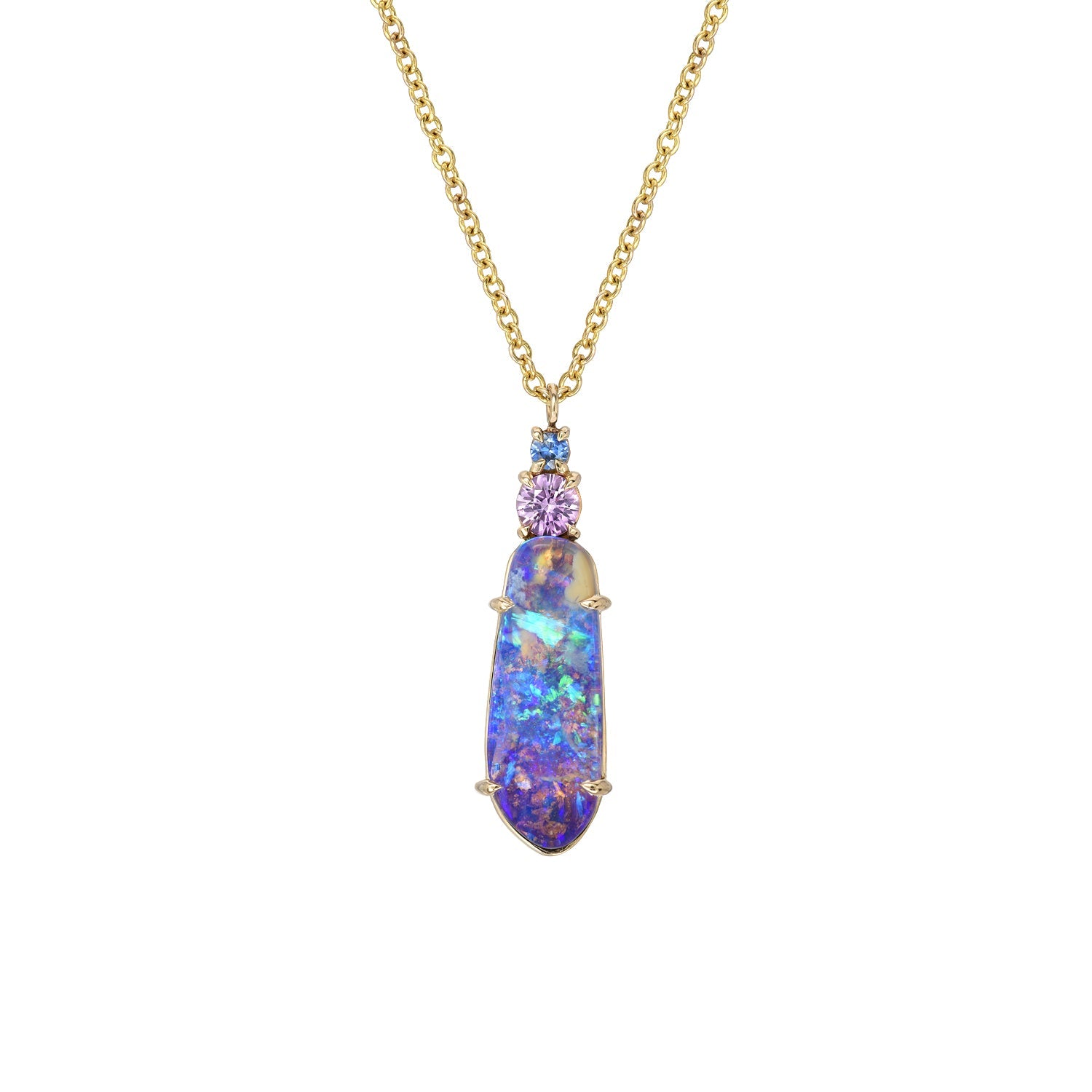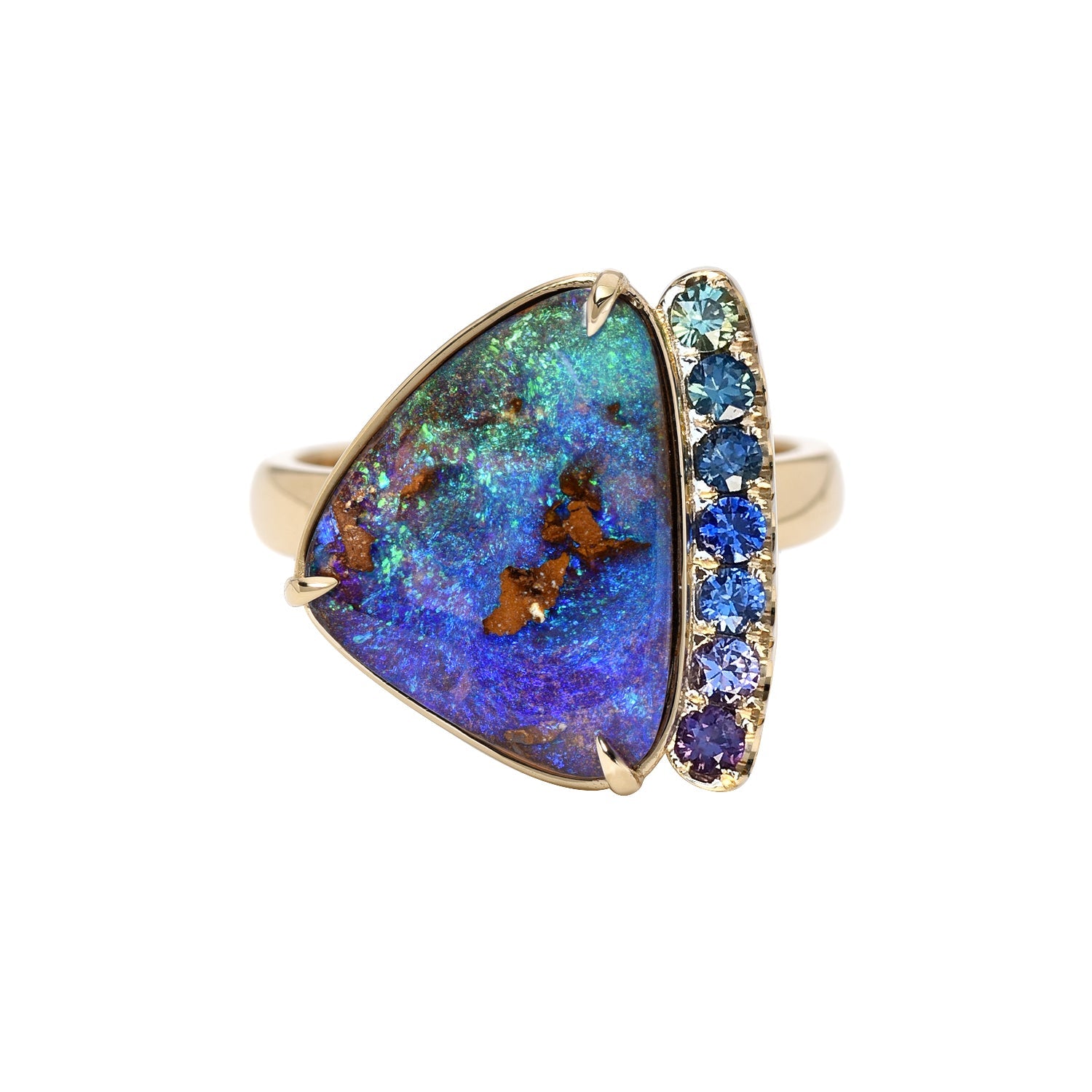
True Artistry Emerges from Idiosyncrasies
nicole gluckmanShare
Many famous artists have preferred to conceal themselves in the shadows of their creations. Salvador Dalí was not one of those artists. Ironically, his remains are located quite literally in the shadows of his art—in a crypt of his namesake museum to be exact. A paradox that makes complete sense only in the unconventional world of Dalí.

Eccentric and flamboyant are words often used to describe the extroverted artist. Greedy and sellout are two more that have been used, mostly after his expulsion from the Surrealist Movement by disapproving co-founder André Breton. The slanderous words only fed Dalí’s desire for attention, leading him to create the —an anagram for his name but also a visual statement that boldly conveyed his apathetic attitude toward his money-hungry reputation.

His commercial ventures (for which he was often disreputed) were as numerous as they were diverse. They included selling his paintings to the public (like most artists) and to publishers who reproduced his work; designing a lollipop logo and appearing in food ads; collaborating with holography expert Selwyn Lissack and a rock star muse; and even creating the Dalí Theatre-Museum in his hometown of Figueres, Spain so that his legacy could live on (and continue to make money) even after his death.
The latter of those endeavors especially makes sense given Dalí’s obsession with immortality and non-spatial dimensions notably expressed in his art from the 50s and 60s and through his famous words: "When you are a genius, you do not have the right to die because we are necessary for the progress of humanity."
Despite Dalí’s more easily criticized traits, we also see remarkable and relatable qualities in his appreciation of art. Today, his impact on the arts can be explored through the “Dalinian Triangle”; three physical locations that form a triangle on a map. They include Castell Gala Dalí, in Púbol (his wife, Gala’s castle), the museum of his former home in Portlligat, and the aforementioned Dalí Theatre-Museum. From his exploratory work with shapes—like the triangles that decorate the geodesic dome of his Dalí Theatre-Museum and the triangulation of relevant physical structures in his life—to his innovative holographic art, we identify with these relatable elements in our own designs.

Much like Dalí celebrated anomaly and whimsy, we too embrace the unconventional, often gravitating to the less obviously perfect stones for our Opal Art. After all, Dalí didn’t see irregularities, or even mistakes, as wrong but rather as concepts to explore and be inspired by—like the way he took his slanderous moniker and turned it into a piece of wearable art. (By the way, we also love a good play on words—NIXIN is both a palindrome and an ambigram.)

Dalí eloquently expressed this philosophy when he said, “Mistakes are almost always of a sacred nature. Never try to correct them. On the contrary: rationalize them, understand them thoroughly. After that, it will be possible for you to sublimate them.”
While the holographic opal in our Sacred Angles opal necklace displays irregular corners, it whispers of a world where idiosyncrasies are not only embraced but also celebrated as the very origins from which true artistry emerges.




